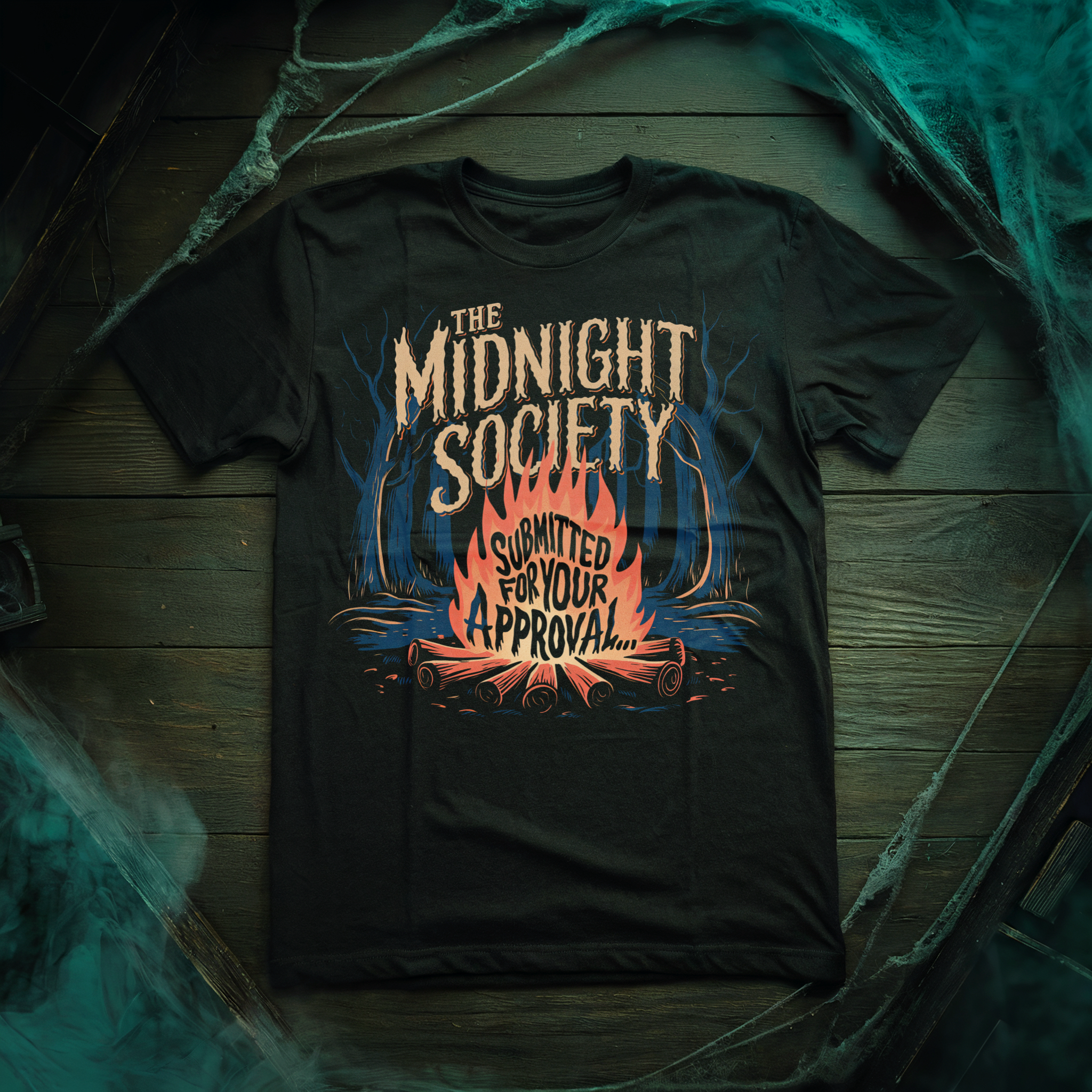Happy holidays, everyone! What better way to celebrate in true horror-loving fashion than by streaming one of Shudder’s latest additions, the 1989 French home invasion movie Deadly Games (also known by its original French title 36.15 Code Père Noël).
Written and directed by René Manzor, Deadly Games examines a fateful Christmas eve for a young boy named Tommy (Alain Musy). Tommy is not your average little boy, however, as one of the opening scenes shows him waking up in his warplane themed bed and starting his day like he’s storming the fields in Vietnam (it’s VERY Apocalypse Now). Despite this overly macho, war-obsessed persona, he still has a sweet heart that is trying to cling to his innocence but with a high IQ that is questioning everything. Starting to feel his belief in Santa Claus threatened by other boys in school, he decides he is going to stay awake that evening to finally see some evidence that Santa is real – despite a foreshadowing warning from his workaholic mother (Brigitte Fossey) that if you see Santa, he gets angry and turns into an ogre.
“Deadly Games has a fascinating premise that doesn’t quite live up to its full potential but is a threatening examination of the loss of childhood innocence and what happens when fairy-tale beliefs and the dangers of the real world collide.”
The film dates itself due to its overuse of various technology in the film that is supposed to read as cutting edge like the Minitel, a precursor to the internet which essentially acts as a chatroom of sorts where Tommy first contacts “Santa,” hence the 36.15 code in the original title. He uses that code to get into a chatroom with someone he believes is Santa Claus, but turns out to be a creepy borderline pedophile (Patrick Floersheim) on the other line. It’s unclear but implied that this man, who never gets a name other than Santa, has a fixation on children in an unsafe way, to say the least. Tommy gives this “Santa” both his home address and his mother’s work address, creating a dramatic irony that works because the film shows us cuts between Tommy innocently chatting with Santa and the real man on the other end of the line… a 30-40 something-year-old loser with a tenuous grip on reality.
As an excited Tommy believes he’s made contact with Santa and prepares to wait for him that evening, Santa heads off to Tommy’s mother’s work (a store called Le Printemps which seems to be equivalent to a modern-day Macy’s) to apply as a mall Santa. He is hired and immediately put to work, sitting on a sleigh outside the store and interacting with children. After a child recognizes his “bad face” and says he’s not Santa Claus, his gentle (read: creepy) caressing of her face turns into a slap. He’s fired on the spot of course, but instead of going to HR he sneaks into the back of a truck that’s headed for Tommy’s house. His mother is stuck at work and has left Tommy alone with his grandfather (Louis Ducreux) back at the house on Christmas Eve to manage the last of the holiday shopping rush.

Just to backtrack a bit – “house” isn’t even the correct term for the mansion Tommy lives in. Part of my hesitation about this film is the lack of realism… a child whose mother is a store manager at what seems to basically be a Macy’s somehow has an insanely large mansion, complete with an art gallery that serves as a maze. It also has secret passages and rooms seemingly built into the house for who knows what original purpose. For example, there’s an entire secret room filled with Tommy’s seemingly absent father’s toys and his grandfather’s toys from their childhood.
Although it was never explicitly acknowledged, I believe the situation was that this was Tommy’s father’s familial house and now that he’s passed away, Tommy and his mother live in it, along with Tommy’s diabetic grandfather and the housekeepers. Perhaps the most interesting aspect of the house is the lack of continuity in it. It is simply so massive that the watcher always has a sense of disorientation within it as no real layout is established and, in a film where the viewer is supposed to be experiencing the film from Tommy’s perspective, I found myself as lost and disoriented as the evil Santa must have felt. It should also be noted that the entire house is outfitted with security cameras seemingly installed by Tommy (again, seems almost impossible).
It becomes pretty obvious what happens next – Santa starts killing everyone he encounters as he makes his way through the property, in a way that is reminiscent of a less graceful Michael Myers. He kills the housekeepers offscreen, the dog as Tommy watches from under a table, and then begins stalking Tommy through the house. What ensues is a cat and mouse game that plays to varying degrees of success. The film lacks the charm and ingenuity of Home Alone, a film it is impossible to not draw comparisons between as a modern viewer.
What made Kevin McCallister successful in Home Alone was his humor and the inventiveness of the traps he made often utilizing his own toys. Tommy, on the other hand, is burdened as a character by the reality of the danger he is in. Quips, as unrealistic as they may have been, would have been appreciated. Without it, the film comes off as self-serious and even melodramatic at times, especially due to some of the wacky musical score decisions.
“Deadly Games could have really succeeded in examining the gap between childhood innocence and dangers of the real world [… but] it falls a bit short due to a preoccupation with technology…”
While Deadly Games could have really succeeded in examining the gap between childhood innocence and dangers of the real world through the lens of one of the most famous fictional characters of all, it falls a bit short due to a preoccupation with technology and a plot-device heavy structure of events. One of the most fascinating moments in terms of the character of Santa, however, is when he finally captures Tommy but then says: “Now it’s my turn to hide,” as if he truly believed in a sick, twisted, psychopathic way that they were just playing a game.
Though the film never explains why he’s so violent or why he latches onto Tommy after their brief online interaction, their cat and mouse chase still manages to be entertaining. Deadly Games has a fascinating premise that doesn’t quite live up to its full potential but is a threatening examination of the loss of childhood innocence and what happens when fairy-tale beliefs and the dangers of the real world collide.
Stream Deadly Games on Shudder this holiday season and let us know what you think of this horror-fied Home Alone on Twitter, in the Nightmare on Film Street Subreddit, and on Facebook in the Horror Movie Fiend Club!
![deadly games poster [Review] Fairy-Tale Beliefs And Real-World Dangers Collide in Cult Holiday Horror DEADLY GAMES 11 deadly games poster](https://nofspodcast.com/wp-content/uploads/2019/12/deadly-games-poster.jpg)





![deadly games 1989 e1575219713370 [Review] Fairy-Tale Beliefs And Real-World Dangers Collide in Cult Holiday Horror DEADLY GAMES 10 deadly games 1989 e1575219713370](https://nofspodcast.com/wp-content/uploads/2019/11/deadly-games-1989-e1575219713370.jpg)



